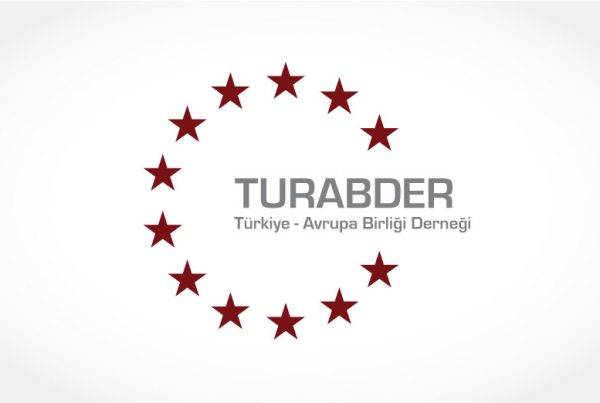2017 is the year of choices: after important elections in several Member States, the European integration process can be reinvigorated in the autumn with a renewed sense of purpose, or it can continue to decline in a cacophony of national voices deaf to each other. Some of the key upcoming reflections on the future of the EU27 following the Commission’s White Paper will concern the updating of the ‘European social model’ and the deepening of the Economic and Monetary Union (EMU).
If political agreement on the European Pillar of Social Rights and on a Eurozone fiscal capacity is found, it will likely be based on the concept of upward economic and social convergence. So it was, at least, in the case of recently adopted reports in the European Parliament and in the Five Presidents’ Report of 2015. Making the EU and EMU a win-win project for all Member States and social groups again is an ambition that still garners political majority. However, the solidity of any agreed European solutions depends on the solidity of the underlying mutual understanding: what does ‘convergence’ really mean?
Many of the disagreements and dilemmas are elucidated in an excellent recent paper by Fritz Scharpf. He argues that the EMU either has to continue with ‘forced structural convergence’ towards the Northern model (export-driven economies with a preference to send savings overseas rather than spend them domestically), or the EMU should pursue a controlled split: the ‘core’ would keep the euro and a hard-currency-based economic model, while ‘peripheral’ countries could switch to national currencies, floating but connected with the EMU through pre-agreed exchange rates and bandwidths, using the ERM II. The second-tier members of this ‘European Currency Community’ would still enjoy the ECB’s protection against speculative attacks and they would perhaps also receive financial support from the ‘core’ in order to manage the transition.
A Eurozone For Hard-Currency Economies Only?
In Scharpf’s view, not even a common budgetary capacity could make the EMU as its stands more sustainable: a ‘transfer union’ in the current EMU set-up is a no-go for the Northerners because any fiscal transfers from the high-surplus ‘core’ would strengthen domestic demand in the periphery. This would, in their view, counteract the periphery’s structural transformation towards greater cost-competitiveness and export orientation. As Scharpf points out, fiscal transfers to the second-tier members would only become justified from the ‘core’s’ viewpoint once the ‘peripheral’ countries descend into the second league, i.e. trade in the ERM II at more sustainable exchange rates, reflecting their weaker competitiveness.
Scharpf shows convincingly that the ‘prize’ of forced convergence towards the Northern model may not be ‘worth winning’. Not only is it objectively difficult for economies to switch from a growth model based mainly on domestic demand to a model more focused on exports, but even if all 19 members of the Eurozone managed to become more like Germany and kept running high current account surpluses, the gains in terms of growth and employment would at some point be offset by the inevitable appreciation of the euro. This argument, repeatedly also made by Timbeau et al., means, moreover, that assets being acquired across the world today for European savings are likely to lose value in euro terms when the euro appreciates, as can be expected once Eurozone inflation recovers and the ECB begins to tighten monetary policy.
A hard-currency-based model with suppressed domestic demand would also eliminate one of the important advantages of EMU as formulated e.g. in the ‘One Market, One Money’ report: a large internal market that is resilient to global downturns. The euro was not set up as a tool to achieve savings surpluses but as a tool for balanced economic growth aiming at full employment and social progress. In today’s global context it would hardly be seen as a friendly gesture if the Eurozone continued to squeeze domestic demand and increased its current account surplus even further above 3% GDP.
A European Convergence Model
The key question for 2017 is, therefore, whether Europeans can identify a ‘European’ model of convergence that could guide further EMU deepening, replacing Scharpf’s binary choice between separation and forced convergence towards the ‘Northern’ model. Can Europe articulate an economic policy based on a healthy and sustainable balance between external competitiveness and domestic demand? If, as Regan says, the real source of the euro crisis was in ‘joining together two distinct macroeconomic growth regimes’, can Europe agree on a meaningful synthesis of the two?
The European Commission is increasingly treating the Eurozone as a single macroeconomic entity and it ventured to propose for it in 2017 an expansionary aggregate fiscal stance of approximately 0.5% GDP that would in its view best reconcile the objectives of public debt sustainability and economic growth, notably given that monetary policy is already very accommodative and large investment gaps persist. The Commission and the EP have also become less timidin recommending that Germany should boost domestic investment in order to reduce its high external surplus and contribute to a more symmetric re-balancingwithin the Eurozone. However, Scharpf considers that expecting from Germany a major internal revaluation and reorientation towards domestic demand is not realistic. Indeed, the German finance ministry and its followers have been countering the Commission’s attempts at implementing a macroeconomic policy for the Eurozone as a whole and have insisted that the solution consists mainly in further effort by the ‘weaker’ countries to boost cost-competitiveness and national ‘adjustment capacity’ through internal devaluation. For the moment at least it seems that the German government is more willing to contemplate downsizing the Eurozone than further strengthening domestic demand and/or establishing a Eurozone fiscal capacity to support other countries.
A ‘Convergence Code’ for the Eurozone has been touted in several EP reports but no agreement exists yet on what its key criteria or indicators should be. The Europe 2020 targets and the ‘Integrated Guidelines’ are officially the basis for policy coordination in a process known as the European Semester, but this is limited to recommendations and monitoring. Neither the EU nor the Eurozone have sufficient instruments to ensure that the jointly agreed targets are actually met. EU Structural and Investment Funds amount to 0.4% of EU GDP, not enough to achieve balanced growth across the EU or even to lift 20 million people out of poverty. The system of European economic governance can restrain fiscal policies and wage developments, but is not effective in preventing countries from being too frugal. Without stronger common instruments, the EMU will continue to operate on a predominantly ‘Northern’ model that favours cost-competitiveness.
In an effort to ‘rebalance’ the European economic system, the Party of European Socialists has formulated a programme of progressive reforms and investmentsfor convergence and proposed a Eurozone fiscal capacity that would support such reforms and investments. This could be done through instruments inside the EU budget and/or by extending the role of the European Stability Mechanism and adapting the character of its programmes.
In this approach, upward convergence could be achieved through investments in higher productivity as well as higher employment, addressing especially investment gaps in ‘peripheral’ countries. Technology and infrastructure investments (e.g. for the energy transition) would be needed as well as ‘social investments’ in skills, education, support for school-to-work transitions or quality childcare. Competitiveness, output and income levels would rise through productivity improvements rather than labour cost-cutting. The notion of a decade-long process of upward convergence based on socially balanced reforms and investments is also taken up in the recommendations of the high-level working group under the ‘Repair and Prepare’ project of the Jacques Delors Institute.
On this basis, peripheral countries could upgrade their economies without suppressing domestic demand. The Eurozone fiscal capacity would come on top of existing EU Structural and Investment Funds that promote convergence and cohesion in the Single Market. At the same time, ‘core’ countries would be expected to continue gradual internal revaluation through higher wages and domestic investments, favouring greater job creation in sectors linked to domestic demand.
Such a ‘European convergence model’ would require all Member States to adapt their current economic models. An investment strategy, an industrial policy and possibly re-thinking of some national debt brakes would logically follow. Instead of cost-competitiveness and external surpluses, greater focus would be placed on productivity, employment and domestic investment. Relevant social standards could also be agreed in this context, such as the Youth Guarantee, a Skills Guarantee, basic characteristics of social safety nets and coordination of national wage floors. Now that the acute phase of the Eurozone crisis is over and the global context also pushes the EU27 to stay together, a balanced European model of convergence should be agreed. The results of upcoming national elections will obviously matter a lot, which is why the European Council will probably draw first conclusions on the Commission’s White Paper only in December.
A Currency That Is Neither Hard, Nor Weak
Those favouring a smaller and more compact Eurozone are arguably right that this should have been the decision in the 1990s, but that is no longer the question we face. The short-run disruption caused by the splitting of the Eurozone would likely be severe for both the ‘periphery’ and the ‘core’. For the longer term, partial flexibility of exchange rates under ERM II could go some way to freeing up national monetary policies in the service of output stabilization. However, a ‘weak currency model’ for Southern European countries would also have important disadvantages. This was, after all, the situation in which these countries were prior to the euro and when unemployment rates were in many cases very high.
Disadvantages of national currencies in terms of transaction costs and exchange rate risk and the impact on investment are well-known. Moreover, even if periodic competitive devaluations can be resisted, a weak currency may invite external investors to set up shop, produce cheaply, and then transfer profits abroad. Recent experience of countries like the Czech Republic suggests that keeping a relatively weak national currency may constrain the catching-up process: instead of re-investing, capital owners prefer to channel a considerable part of their earnings away and convert them into stronger currency holdings (especially if they can also avoid taxes that way). Continued upward convergence requires gradual currency appreciation and/or counteracting of private sector outflows through external support, such as from European Structural and Investment Funds.
In conclusion, splitting the Eurozone into two leagues need not be the only way forward, provided that agreement can be found on a coherent ‘European model of convergence’. This model should be based on a balance between external competitiveness and domestic demand, and a mix of reforms and investments for sustainable development. Only based on this understanding can a meaningful ‘convergence code’ and its indicators be developed. Adequate European financial instruments will then be needed to support a transformation towards the ‘European convergence model’ over time. Achieving agreement on these points during 2017 would be a great signal that Member States are once more willing to make a ‘choice for Europe’ and finally determined to put the EMU on a more sustainable footing.




